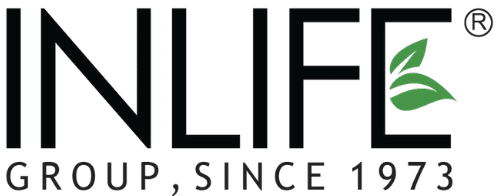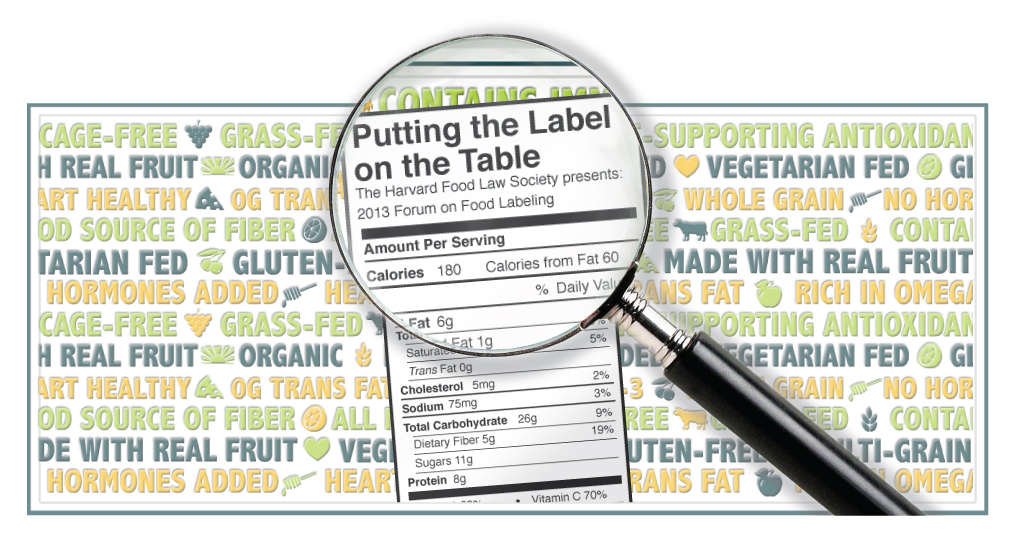Health, Sports Nutriton
Food Nutrition Label: Are You Reading it Correct?
Have you ever read a food label before buying any food item from the supermarket?
Do you ever care about the contents of the packaged food that you buy?
How important is it to know what you are consuming?
The consumers in India tend to neglect the label, one glance at the manufacturing and the expiry date and the food is good to go. But, are we doing it correctly?
Consumers in the western countries have become more aware of the importance of the food labeling and are equipped with the way of reading it.
It’s high time! Start reading the content label to ensure that you are eating healthy stuff, not something that can harm you.

Importance of Reading the Food Label!
Unaware of the harmful implications, many people find it unnecessary to read the label. We should know that the “Nutrition Facts” on the food label gives us some essential information regarding the contents of the packaged food.
Just like a book’s table of content, the food label puts light on the contents of the food product. It precisely tells us what we are consuming with accurate percentage of preservatives and chemicals present in it.
People in aware societies have started scanning the label very carefully, for example, they avoid food articles with high sodium contents because of its ill effects.
It’s important to read food labels so that you can make sensible choices when it comes to choosing the right food for you and your family.
Once you go through the following guidelines, reading the food labels will not be a rocket science for you.
Food Label Reading: 12 Things to Look For.
1. Serving Size
Serving size is the measure of average food intake of people at a time, for example 2 slices of bread or three puris. The data mentioned in the food label is based on the stated serving size.
If your intake is twice the serving size, for example you eat four slices of bread or six puris, you’ll have to double the quantity of the contents mentioned in the label.
2. Servings per Container/Pack
The label also tells you the number of servings contained in the food package. If the label reads 15 servings of cereals and each serving has two cups, you have 30 cups of cereals.
3. Calories
The calorie rating of a food tells you the amount of energy you’ll get from each serving. It helps you to keep track of your calorie intake. The average daily calorie requirement for women is 1,800 while it is 2,100 for men. It may vary a bit according to the height and weight of the individual.
While considering the calorie-count per serving, remember that for a 2,000-calorie diet:
oA serving of 40 calories is treated as low;
oA serving of 100 calories is treated as moderate; while
oA serving of 200 calories is said to be high.
4. Calories from Fat
Fats intake is just like rage; it’s good only till it is controlled. For a healthy food habit, you’ll have to restrict the amount of fat intake per serving. Out of your daily calories quota, a maximum of 20% should come from fats.
5. % Daily Value (DV)
Nutrients like fats, carbs, proteins,vitamins and minerals are the most important part of the diet. It’s important for you to be aware of the recommended percentage of the nutrient in each serving. Based on a 2,000 calorie daily diet, if you want to intake fewer nutrients choose food products with % DV lower than 5%. For a high nutrient intake, foods with % DV higher than 20 % are perfect.
6. Total Fat
Total fat means the grams of fats consumption in one serving. Ideally, the fat content in your daily diet should not exceed 40-50 grams. Restricting food products containing high saturated fats, trans-fats, and sodium is paramount for a healthy life.
7. Saturated Fat
It’s important to cut down on the saturated fat consumption to keep your heart healthy. Saturated fats can be found in food products like meat, chicken skin, butter and other full-fat dairy products. Consuming food with high saturated fat contents increases the cholesterol level in blood that is the doorway to heart problems. Hence, you should not consume more than 7-8 grams of saturated fats per day.
8. Trans-fat
Trans-fat consumption is a serious threat to your health. It raises the LDL or bad cholesterol that increases the risk of heart attack. Doctors consider it to be very dangerous because on one hand, it increases the bad LDL and on the other hand it reduces the amount of good HDL. You should consume less than 2 grams of trans-fats every day to stay healthy.
If the trans-fats content in the nutrition facts label is declared as 0 g, it indicates that the food has less than 0.5 grams of trans-fat per serving.
9. Cholesterol
There are two types of cholesterol; good and bad cholesterol. While, good cholesterol should be restricted, bad cholesterol should be avoided totally. Cholesterol is usually measured in milligrams. You should try to eat less than 150 mg of good cholesterol per day.
10. Sodium/Salt
You should keep your sodium intake as low as 1500-2300 mg per day or around 6-9 grams of salt per day. Sodium/salt should be restricted as it poses a serious threat of high blood pressure.
11. Carbohydrates
While you are cutting down on the consumption of fats, you should increase the intake of carbohydrates. Carbohydrates have nutrient value that provides you energy. The food label indicates the amount of carbohydrates (in grams) found in each serving and the percentage of the daily value. You should consume up to 225-230 grams of carbohydrates daily.
12. Dietary Fibre
Fibre is an essential part of the diet as it assists digestion and ensures easy bowel movement. You should consume at least 20 to 25 grams of dietary fibre every day to prevent disorders related to bowel movement. Food articles like oats, apple, bottle gourd, cabbage, broccoli,coconut oil, green-leafy vegetables mushrooms and oranges are rich in dietary fibres.
Also Read:5 Yoga Poses To Improve Digestion, Cleanse and Detox
Lexicon of Food Labels
Things are not always what they read like in a food label. You must know the hidden meanings of the following things:
- “Free” means the food has the least possible amount of the specified nutrient.
- Very low and low indicates that the food has a little bit more quantity of a specific ingredient than foods labelled free.
- Reduced or less indicates that the food has 25% less of a specific nutrient than the regular version of the food.
I am sure that you are now well-versed in reading nutrition labels and are all geared-up to improve your health – so watch out for the foods you eat.
A word of caution: be careful and vigilant of the claims made by unscrupulous manufacturers or else your health might take a tumble.
Photo Courtesy: expresshometrainer.com, 3.law.harvard.edu


